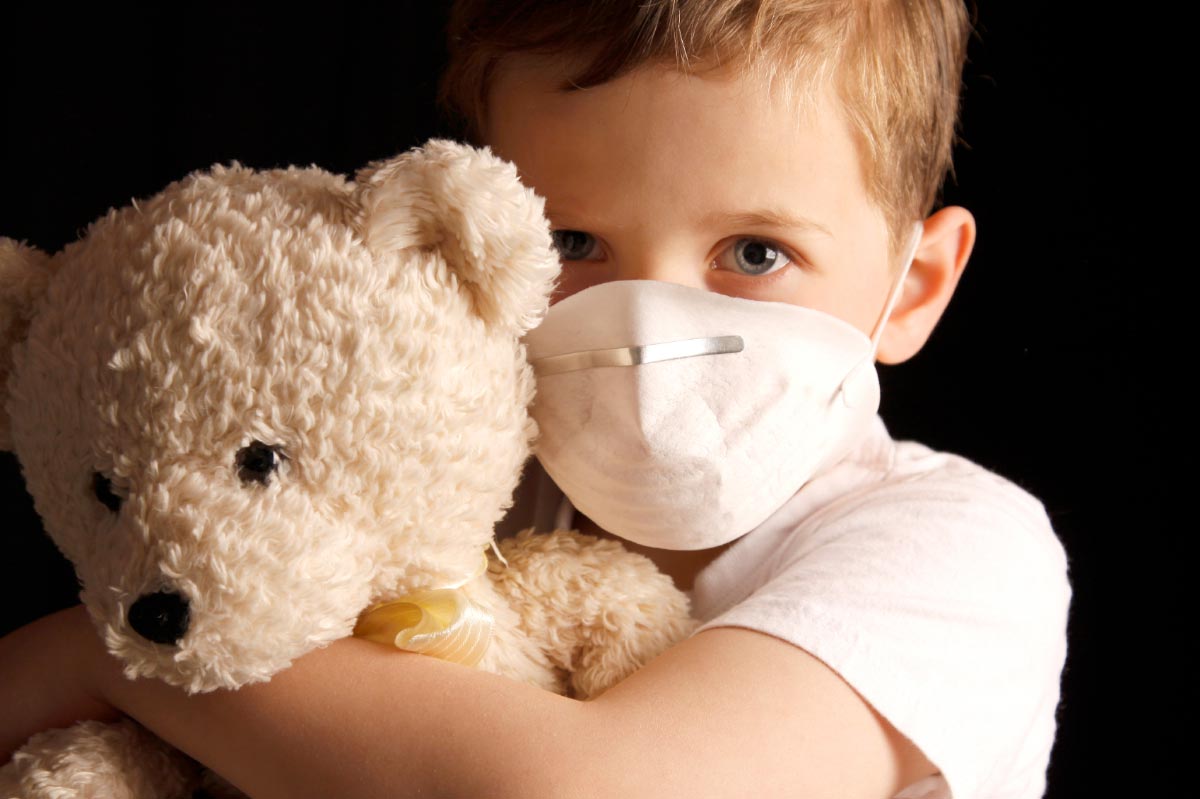Surgery could be a death sentence for cancer-afflicted children in Fukushima — more so than the cancer itself
11/04/2015 / By Greg White

Opinions about the threat of cancer-causing radiation have communities divided in the Fukushima Prefecture. Conflicting reports have led to an onslaught of diverging viewpoints. The stakes are high, and no one knows what to believe in anymore.
After a tsunami demolished three nuclear reactors at the Fukushima Daiichi site, a plume of radioactive debris was released into the air. The Tokyo Electric Power Company, the company in charge of the power plant, claims there is no evidence that radiation has had a harmful effect on residents living in nearby areas. Surrounding communities, however, are now trying to gain more information about the effects radiation has on children, claiming the authorities won’t give them any.
There are mothers in the Fukushima Prefecture who worry about the safety of their children. Many of these women’s husbands, who all work at the power plant, forbid them from publicly expressing their concerns. The nuclear energy workforce is predominately male, and it should not come as a surprise that many of them side with the company to protect their jobs.
Conflicting reports
Claims that radiation had no adverse effects on citizens are shrouded by conflicting reports. Mainstream media claimed that three Fukushima hospitals ran tests on 2,700 children and found no radioactive cesium in their bodies. The International Energy Agency claimed that a spike in thyroid cancer rates in the Fukushima Prefecture was unlikely. Then, in October 2015, Toshihide Tsuda, a professor at Okayama University, published a study in the International Society of Environmental Epidemiology that found thyroid cancer incidence rates of Fukushima residents under the age of 19 to be 20 to 50 times the national level.
According to the Associated Press, the bulk of the 370,000 children living in the Fukushima Prefecture have undergone regular testing since the catastrophe. The study found that 137 children either have or have exhibited the signs of thyroid cancer. This is 25 more children than were diagnosed in 2014, and significantly higher than the estimate for the rest of Japan, where one or two children out of a million are diagnosed with thyroid cancer each year.
“This is more than expected and emerging faster than expected,” said lead researcher Tsuda. “This is 20 times to 50 times what would be normally expected.”
This isn’t the first time thyroid cancer has been linked to radiation exposure. The World Health Organization (WHO) reported “a large increase in the incidence of thyroid cancer” in young children and adolescents who lived in contaminated areas following the 1986 Chernobyl disaster.
According to Science Alert:
“The reason children and teenagers are at a higher risk of developing thyroid cancer following a nuclear meltdown event is because the thyroid gland needs iodine to produce hormones that are responsible for regulating our metabolism. It actively absorbs any iodine in the bloodstream, and it doesn’t distinguish between regular — or ‘stable’ — iodine, and the radioactive iodine that’s released by a meltdown.
“In children and adolescents, the thyroid gland grows much quicker than when we’re adults, which makes the thyroid one of the most radiation-sensitive parts of the body for young people.”
Critics of the study claim that Tsuda’s results are premature. They argue that the surge in thyroid cancer rates was a product of a surge in thyroid screenings following the disaster. Since more people were screened than normal, more people were diagnosed with thyroid cancer than normal; some of which may not have been caused by nuclear radiation.
Tsuda addressed these charges at a press conference at the Foreign Correspondents’ Club of Japan. He explained that even if screening tests were higher than normal, the incidence of thyroid cancer rates was also well above normal. Furthermore, thyroid cancer rates in the Fukushima Prefecture are on par with thyroid cancer rates at Belarus four years after the Chernobyl nuclear disaster that led to surgeries for nearly 6,000 children.
Not all cancers are created equal
Dr. Tsuda’s study is persuasive and provocative. What the study is missing, however, is a qualitative dimension to cancer, according Katsuya Kodama, a medical researcher who specializes on the effects radiation has on cells. Not all cancers are created equal, Kodama notes.
The type of cell mutations that develop in children don’t necessarily lead to a shortened lifespan. Once a parent hears the word cancer, however, they sign their child up for surgery, even though it may not be necessary. Approximately 15 Chernobyl children diagnosed with thyroid cancer died, but Kodama believes these deaths were due to surgery rather than the malady itself. And while thyroid cancer diagnosis rates have increased in the United States, the number of deaths from the disease has remained unchanged.
In conclusion, the threat of thyroid cancer occurring among children at the Fukushima Prefecture is real. Nevertheless, there’s a bigger chance that the surgical means used to treat the threat may be even worse than the threat itself.
Sources:
Submit a correction >>
Tagged Under:
cancer surgery, children and teens, thyroid cancer
This article may contain statements that reflect the opinion of the author
RECENT NEWS & ARTICLES
COPYRIGHT © 2017 FUKUSHIMAWATCH.COM
All content posted on this site is protected under Free Speech. FukushimaWatch.com is not responsible for content written by contributing authors. The information on this site is provided for educational and entertainment purposes only. It is not intended as a substitute for professional advice of any kind. FukushimaWatch.com assumes no responsibility for the use or misuse of this material. All trademarks, registered trademarks and service marks mentioned on this site are the property of their respective owners.




















